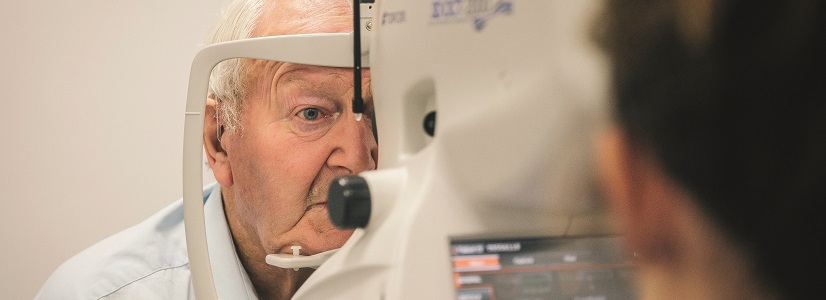Age-Related Macular Degeneration

We have selectively funded research where we believe it can inform our own grant-making and/or the wider grant-making sector. We have long held an interest in visual impairment and have funded many charities working in this area for a number of years. More recently, we have funded two pieces of research. The first, In Sight: A Review of the Visual Impairment Sector (New Philanthropy Capital, 2013), found that medical research in eye health attracts significantly less funding than other areas, and it recommended that the sector should work together more effectively to raise eye health as an immediate priority. It also found a lack of coordination and spend on medical research to bring about effective cures and treatments for eye disease.
This research led us to fund the Macular Society in 2015 to develop a proof of concept to make a case for a significant increase in focused medical research expenditure in order to galvanise national and international efforts to fund, and find a cure for, macular disease. The report, Age-related Macular Degeneration: Collaborating to Find a Cure, was published in 2016 and found that, of the £3 billion of public money spent on medical research in 2014, only £22.7 million was spent on eye disease and, of that, only £6 million on the biggest cause of sight loss: age-related macular degeneration (AMD).
Following the publication of the 2016 report, the Macular Society, Fight for Sight, and Blind Veterans UK formed a partnership to set up a new charity: Action Against Age-Related Macular Degeneration (AAA). AAA has a global remit, and is committed to finding an effective treatment for early AMD within 10 years. In 2017, we awarded £45,000 to AAA to conduct a global horizon scan of AMD research to help them achieve their goal.

